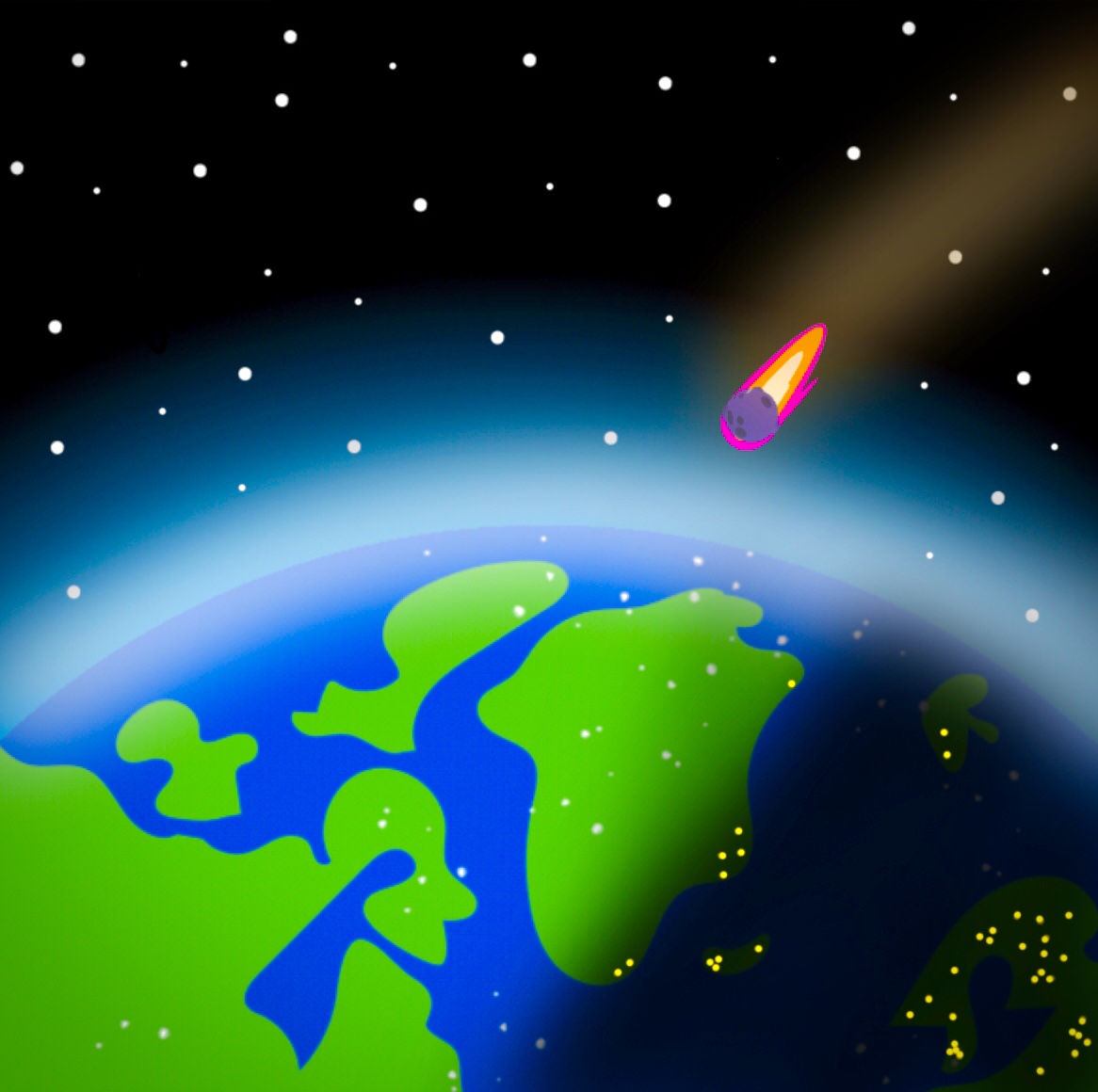How Did The Earth Actually Form?
- Fascinating World
- Aug 1, 2024
- 2 min read

The Earth.
The formation of Earth is a fascinating story that stretches back over 4.5 billion years. This process, known as planetary accretion, began with the formation of the Solar System from a giant molecular cloud of gas and dust. Here’s a detailed look at how our planet came into being.
1. The Nebular Hypothesis
The prevailing theory of Earth's formation is the nebular hypothesis. According to this theory, the Solar System originated from a large, rotating cloud of gas and dust known as the solar nebula. This nebula was primarily composed of hydrogen and helium, with traces of heavier elements.
2. Collapse and Formation of the Protosun
About 4.6 billion years ago, a disturbance—possibly from a nearby supernova—triggered the collapse of the solar nebula. As the cloud contracted under its own gravity, it began to spin faster and flatten into a disk. Most of the material was pulled toward the center, forming the protosun, the early precursor to the Sun.
3. Accretion of Planetesimals
As the protosun formed, the remaining material in the disk began to cool and condense. Tiny particles of dust and ice collided and stuck together, gradually forming larger bodies called planetesimals. These planetesimals were the building blocks of planets.
4. Formation of Protoplanets
Through a process called accretion, planetesimals collided and merged to form protoplanets, including the early Earth. These collisions were violent, causing the protoplanets to heat up and partially melt. This process, combined with radioactive decay and impacts, led to differentiation, where denser materials sank toward the center, forming the core, while lighter materials formed the mantle and crust.
5. The Moon's Formation
The young Earth’s development was further marked by a significant event: a collision with a Mars-sized body, often called Theia. This impact ejected a vast amount of debris into orbit around Earth, which eventually coalesced to form the Moon. This giant impact hypothesis explains the Moon’s composition and the Earth-Moon system’s dynamics.
6. Cooling and Formation of the Crust
As the young Earth continued to cool, volcanic activity led to the formation of a primordial crust. Water vapor released by volcanic eruptions eventually condensed to form the oceans. Over time, the Earth’s surface stabilized, allowing the development of a more permanent crust and the conditions necessary for life.
7. The Birth of Continents and Early Life
With the formation of a stable crust and oceans, Earth underwent further geological transformations. Continental crust began to form, and the first signs of life appeared in the form of simple microorganisms. This biological activity contributed to the development of the planet’s atmosphere, further setting the stage for more complex life forms to evolve.
Conclusion
The formation of Earth was a dynamic and violent process spanning billions of years. From a primordial nebula to a planet capable of supporting life, Earth's journey reflects the intricate processes that govern planetary formation. Understanding this history not only gives us insight into our own planet's origins but also helps us comprehend the broader dynamics of planetary systems throughout the universe.



